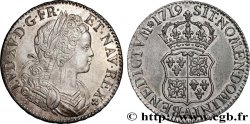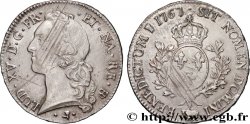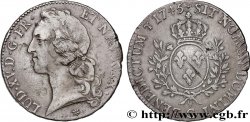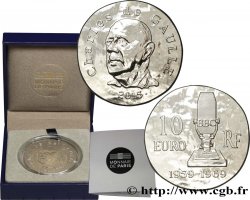Назад 1/1
Live auction - bry_481529 - LOUIS XV "THE WELL-BELOVED" Écu aux trois couronnes 1715 Lille
Чтобы принять участие в торгах, вы должны войти в систему и стать подтвержденным участником аукциона. Войдите, чтобы сделать ставку. Ваш аккаунт будет подтвержден в течение 48 часов. Не ждите до закрытия торгов, чтобы зарегистрироваться.Сделав ставку на данный товар, вы вступаете в юридическое соглашение на покупку выбранного товара и нажатием кнопки «Сделать ставку» подтверждаете принятие вами условий интернет-аукционов cgb.fr.
Ставка может бить сделана только в полном эквиваленте евро. Торги закроются согласно времени, указанному в описании товара, все ставки, сделанные после закрытия торгов, учитываться не будут. Не следует откладывать предложение вашей ставки до последнего момента, так как система может не успеть обработать вашу заявку, и ваша ставка не будет принята. Более детальную информацию вы найдёте здесь: FAQ по интернет-аукционам.
Все ставки победителей подлежат комиссии 18%.
Все ставки победителей подлежат комиссии 18%.
| Оценить : | 25 000 € |
| Цена : | Нет ставки |
| Максимальная предлагаемая цена : | Нет ставки |
| Конец торгов : | 10 September 2019 16:59:04 |
Тип Écu aux trois couronnes
Дата: 1715
Монетный двор / Город: Lille
Количество отчеканенных монет: 27480
Металл: silver
Проба: 917 ‰
Диаметр: 42 mm
Ориентация осей монеты: 6 h.
Вес: 30,37 g.
Век: .(fleuron) DOMINE (fleuron) (lis) (fleuron) SALVUM .(fleuron) (lis) (fleuron) FAC (fleuron) (lis) (fleuron) REGEM
Редкость: R3
Комментарии о состоянии
Cet écu est frappé sur un flan large et régulier. Exemplaire recouvert d’une patine grise de médaillier. Plat au droit sur le chevelure du roi et petits coups sur la tempe, sous le menton et sous ET. L’œil a été retouché. Revers légèrement concave et bien venu à la frappe
Происхождение:
Exemplaire provenant de la collection L.G.
Лицевая сторона
Аверс: легенда: (MM) LUD. XV. D. G. - FR. ET. NAV. REX ..
Аверс: описание: Buste enfantin de Louis XV à droite, drapé et cuirassé ; au-dessous (Mg).
Аверс: перевод: (Louis XIV, par la grâce de Dieu, roi de France et de Navarre).
Обратная сторона
Реверс: легенда: (SOLEIL) SIT. NOMEN. DOMINI. BENEDICTVM (MG) 1715.
Реверс: Описание: Trois couronnes posées 1 et 2 en triangle, séparées par trois lis.
Реверс: перевод: (Béni soit le nom du Seigneur).
Комментарий
Exemplaire frappé avec les mêmes carrés de droit et de revers que l’exemplaire n° 306 de la vente Jean Vinchon du 29 octobre 2002. Monnaie ayant fait l’objet d’un article dans le Bulletin Numismatique n° 150 de février 2015. Ce type monétaire, a été frappé avec les poinçons d’effigies du graveur général Norbert Roëttiers. Les premiers poinçons furent déposés au greffe de la Cour des monnaies le 15 novembre 1715, puis expédiés vers plusieurs ateliers du royaume. Ces écus aux trois couronnes à l’effigie de Louis XV et de Lille furent mis en circulation suite à 4 délivrances du 7 décembre au 28 décembre 1715. Au total, 27.480 exemplaires ont été frappées, pour un poids de 3.431 marcs 7 onces ; 27 exemplaires ont été mis en boîte. Ces monnaies furent décriées le mois même de leur mise en circulation, par l’édit donné à Vincennes en décembre 1715 créant le type dit “vertugadin”, d’où leur insigne rareté.
example struck with the same obverse and reverse squares as example no. 306 from the Jean Vinchon sale of October 29, 2002. Coin that was the subject of an article in the Bulletin Numismatique no. 150 of February 2015. This monetary type was struck with the effigy hallmarks of the general engraver Norbert Roëttiers. The first hallmarks were deposited with the registry of the Cour des monnaies on November 15, 1715, then sent to several workshops in the kingdom. These écus with three crowns bearing the effigy of Louis XV and Lille were put into circulation following 4 deliveries from December 7 to December 28, 1715. In total, 27,480 examples were struck, for a weight of 3,431 marcs 7 ounces; 27 examples were boxed. These coins were decried the very month they were put into circulation, by the edict given at Vincennes in December 1715 creating the type known as “farthingale”, hence their remarkable rarity.
example struck with the same obverse and reverse squares as example no. 306 from the Jean Vinchon sale of October 29, 2002. Coin that was the subject of an article in the Bulletin Numismatique no. 150 of February 2015. This monetary type was struck with the effigy hallmarks of the general engraver Norbert Roëttiers. The first hallmarks were deposited with the registry of the Cour des monnaies on November 15, 1715, then sent to several workshops in the kingdom. These écus with three crowns bearing the effigy of Louis XV and Lille were put into circulation following 4 deliveries from December 7 to December 28, 1715. In total, 27,480 examples were struck, for a weight of 3,431 marcs 7 ounces; 27 examples were boxed. These coins were decried the very month they were put into circulation, by the edict given at Vincennes in December 1715 creating the type known as “farthingale”, hence their remarkable rarity.







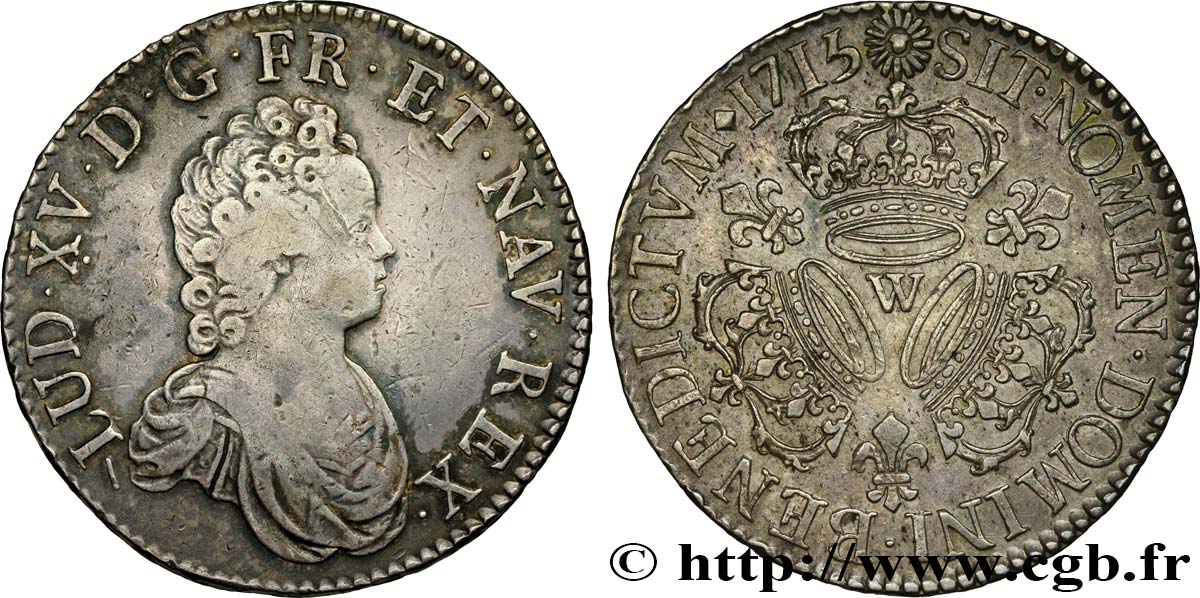
 Cообщить об ошибке
Cообщить об ошибке Распечатать страницу
Распечатать страницу Отправить мой выбор
Отправить мой выбор Задать вопрос
Задать вопрос Consign / sell
Consign / sell
 Информация
Информация